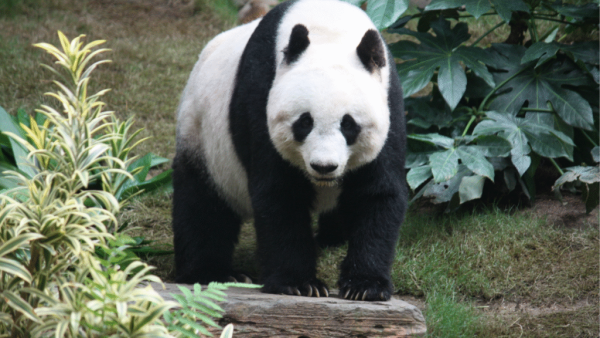
One may be surprised to hear why a panda born anywhere in the world remains in China. Panda may be a cute animal, but it is very expensive. Where pandas live, tourism and the economy benefit greatly. But the ownership right is always in the name of China.
The reason for this is old. In the 1950s, China gave Pandyas as diplomatic gifts to other countries. It was a symbol of friendship and good luck. However, in the 1980s, the panda was listed as an endangered species and its trade was banned under international agreements. Then China changed its policy and started a system of ‘loaning’ or ‘leasing’ Pandys. That is, China gives Pandas only for a certain period of time and for a certain purpose and calls them back after the expiry of the time.
How does China’s panda policy work?
Every panda in the world, wherever born, is China’s property, China asserts. This is done keeping in mind their natural habitat. China says the policy is to protect pandas and boost their dwindling population. The main purpose of sending pandas abroad is research and gathering information on breeding, behavior and care. Any country can ‘lease’ pandas, but the cost is very high. Approximately US$10 to 20 million is paid to China each year, which is directly used in panda conservation programs. Panda policy is not limited to money and protection, but is China’s soft power and diplomatic tool. When China wants to improve relations with any country, pandas are given as a thoughtful gift. For example, in 1972, China gifted a panda to the US to improve US-China relations.
Moreover, the number of tourists to the zoos that the panda goes to increases tremendously, which brings economic benefits to that country. As a result, China’s economic and diplomatic ties are also strengthened indirectly. Therefore, no matter where the panda is born in the world, its ownership remains with China and it is an important part of China’s defense, diplomatic and economic policy.